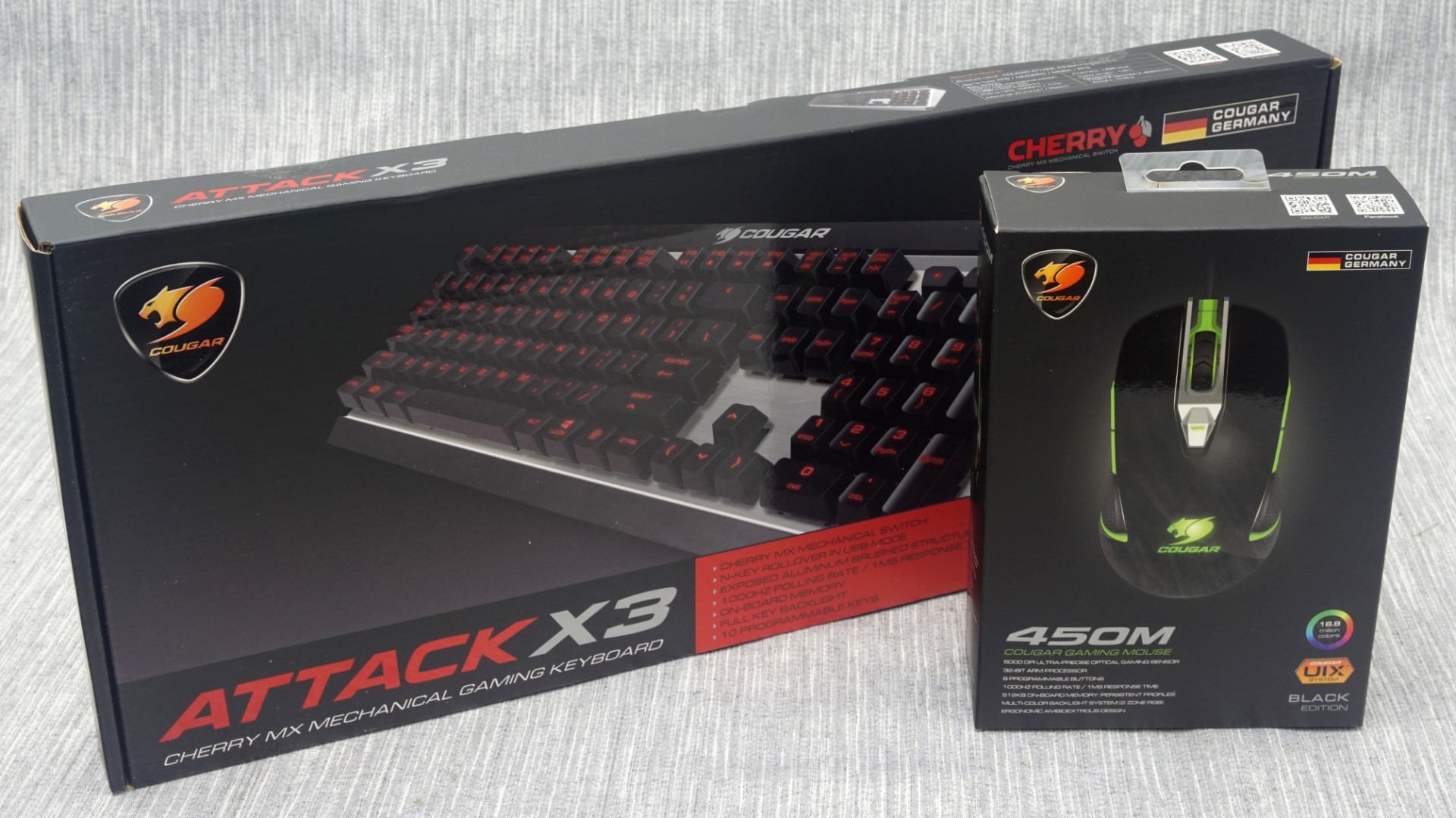Skip to end of metadataGo to start of metadata
- Poll rate and scan rate are different things. The poll rate is how often the operating system checks the keyboard state. The scan rate is how often the keyboard updates its state internally. The keyboard has a 1000hz poll rate as advertised.
- Rate is 1000Hz, then the keyboard is polled every 1ms and so the maximal input latency is 1+5=6ms. However, if the scan rate were 100Hz, then the maximal Note: It is possible to look up the poll rate of a USB device using software. Take these calculations with a grain of salt.
Just saw a keyboard spreadsheet for polling rates, the GK61 has a polling rate of 1000 (USB) however the GK61 optical has a polling rate of 100 (USB). To be honest its personal preference tho. The keyboard itself is 125hz for real and if you need 1000hz please use the software and MAKE the custom input delay!
If you have a keyboard emulating reader, you may sometimes observe that the data is being corrupted. A good way to test for this is to open Notepad and scan the same card many times and look for consistent results. If you occasionally see garbage characters or missing characters, this could be evidence that the Keyboard Polling Interval may need some adjustment. This is somewhat common for older/slower computers. It is only applicable to a keyboard emulating reader like the IDSK-534###. The screenshots below show how to use the SREDKey USB Demo to check the Polling Interval Setting and to change it. The default value is 1 which is the fastest output speed the reader can go. If there is a problem then we suggest you try setting it to 05. A value of 10 is the highest value that has been effective at solving the problem. 1 is very fast. 5 is medium. 10 or higher is slow.
To check the current value for the Keyboard Polling Interval:
To set the Keyboard Polling Interval:

How to use this page
To use this tool, try to press and release a key as quickly as possible. I find flicking the edge of a keycap works well to create very short key presses. Djmax respect v download for pc free.

| Shortest Key Press | Estimated Scan Rate |
|---|---|
| press any key | press any key |
Theory
Keyboard Delay Test
The scan rate of a keyboard measures how frequently the keyboard updates (internally) the state of its key matrix. Normally, the scan rate is limited by the bounce time of the key switches used and the debounce algorithm used. For example, the debounce time of Cherry MX mechanical switches is rated at ≤5ms. Rhel 7.6 iso. So assuming a simple algorithm is used that waits 5ms for a switch signal to stabilize, then the scan rate would be limited to 200Hz.
The idea used here is that the scan rate of the keyboard effectively determines the shortest delay between a key press and a key release. Using this information we estimate the scan rate as: ScanRate = 1 / ShortestKeyHold.
Note that scan rate is not the same as poll rate. On a USB device, poll rate refers to how often the OS will check the USB device for updates. The poll rate together with the scan rate determines the maximum input latency. For example, take the example above were the scan interval is 5ms. If our poll rate is 1000Hz, then the keyboard is polled every 1ms and so the maximal input latency is 1+5=6ms. However, if the scan rate were 100Hz, then the maximal input latency would be 10+5=15ms. Note: It is possible to look up the poll rate of a USB device using software.


Edward maya stereo love mp3 download 320kbps. Take these calculations with a grain of salt.